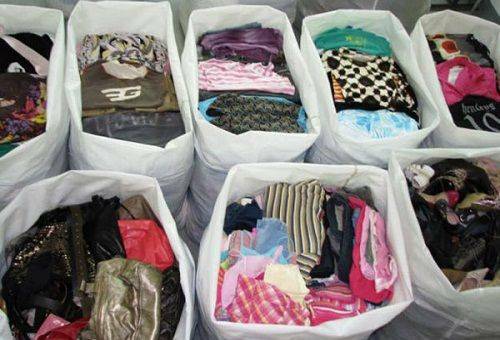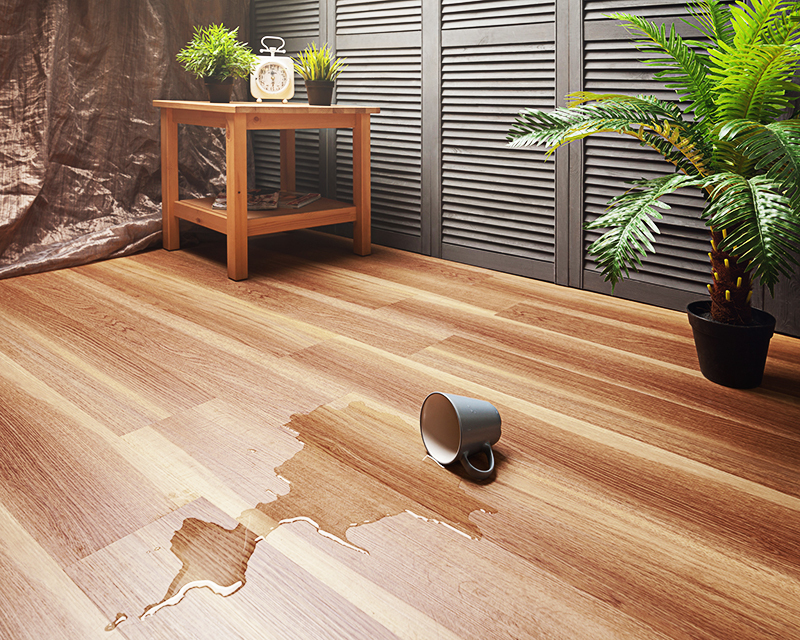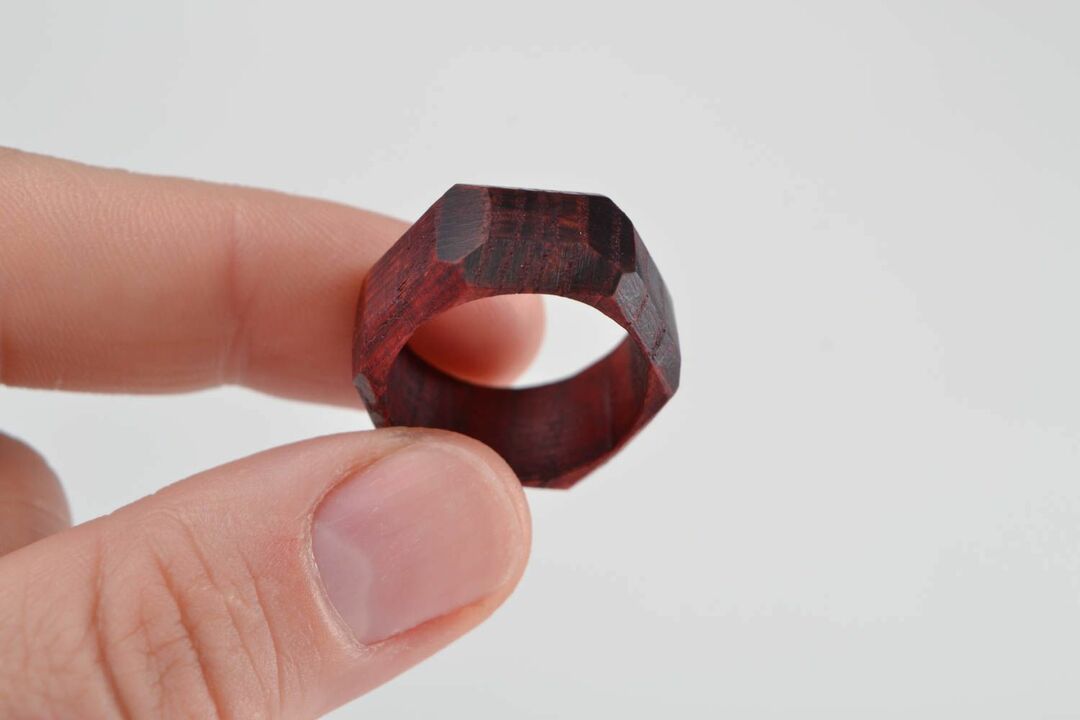Despite the distrustful attitude of most people towards used products, this market still has its own circle of adherents. But often they are faced with the question of how to get rid of the smell of second-hand, so characteristic for most products. On the one hand, the presence of a persistent aroma indicates a qualitatively carried out disinfection of garments.

On the other hand, in the attempts to eliminate the problem, "new" things often suffer. Experienced supporters of the direction recommend first to carry out intensive cleaning of purchases in order to remove unpleasant notes, after which to give them a pleasant smell with the help of folk methods.
Approach to processing things from the second hand
At home, pre-wash clothes from second-hand do not need a detergent, but in a solution of ammonia. It will allow not only to remove all traces of industrial chemical odor, but also neutralizes the remnants of poisons used in the disinfection process.

Manipulation is carried out according to the following scheme:
- We will need water and 10% ammonia( if using a product of different concentration, we will have to adjust the proportions ourselves).To handle a small thing you need to dilute not more than a tablespoon of the product in 5 liters of water. For larger products, half the glass of ammonia can be added to 10 liters of liquid.
- The selected garment is soaked in the resulting solution and wait for an hour to six. If cotton and other thin natural fabrics are cleaned in about an hour, then fur, leather and synthetic should be kept to the maximum.
- The things processed in this way are slightly squeezed and hung out in the fresh air. When drying in a room, and even more so with the use of artificial heat sources, completely remove the unpleasant odor will not work. The duration of the stage is 1-2 days.
- Only after the described manipulations can you wash products in the traditional way with the use of folk flavors or air conditioners.
Nitrate does not cause drying, deformation or molting of matter, so this approach is absolutely safe for all garments.
Folk techniques for restoring the optimal condition and odor of the tissue

These agents are recommended to be used in the absence of a strong specific odor or as the final stage of complex processing of things:
- Flavored salt and essential oils. Added during the washing process or used for subsequent soaking of objects. Liquid ethers can be added even in the water tank in the iron, then the fabric will be saturated with aromatic vapors during ironing.

Advice: Often in the second-hand, special deodorants are sold for disinfected things. They give a pronounced positive effect and do not have a negative effect on the tissue.
- Even the most common soaking of products in a solution of salt or vinegar gives obvious shifts in the right direction. The effect will only increase if you add both active components to the liquid and experiment with the concentration.
- Residual notes can help eliminate steam ironing by a very powerful iron or processing things with a steam cleaner.
- Store processed purchases from second-hand best of all separately from other items in a specially prepared compartment. It should always contain some kind of natural flavor. This can be ground coffee, a piece of fragrant soap, a bag of herbs, an empty bottle of perfume.
- If initially there was a barely perceptible smell of formaldehyde from the stuff, you can limit yourself to traditional washing with the spin off. Such things are better to hang out in fresh air still wet, then the residual phenomena quickly go away.

The above methods are highly effective and very rarely fail, and they have absolutely no negative effect on tissue quality. In an extreme case, in the absence of the desired result, you will have to turn to a dry cleaner, experts will quickly establish the cause of the problem and eliminate the unpleasant odor. However, in this case, the cost of processing things can exceed its cost.


